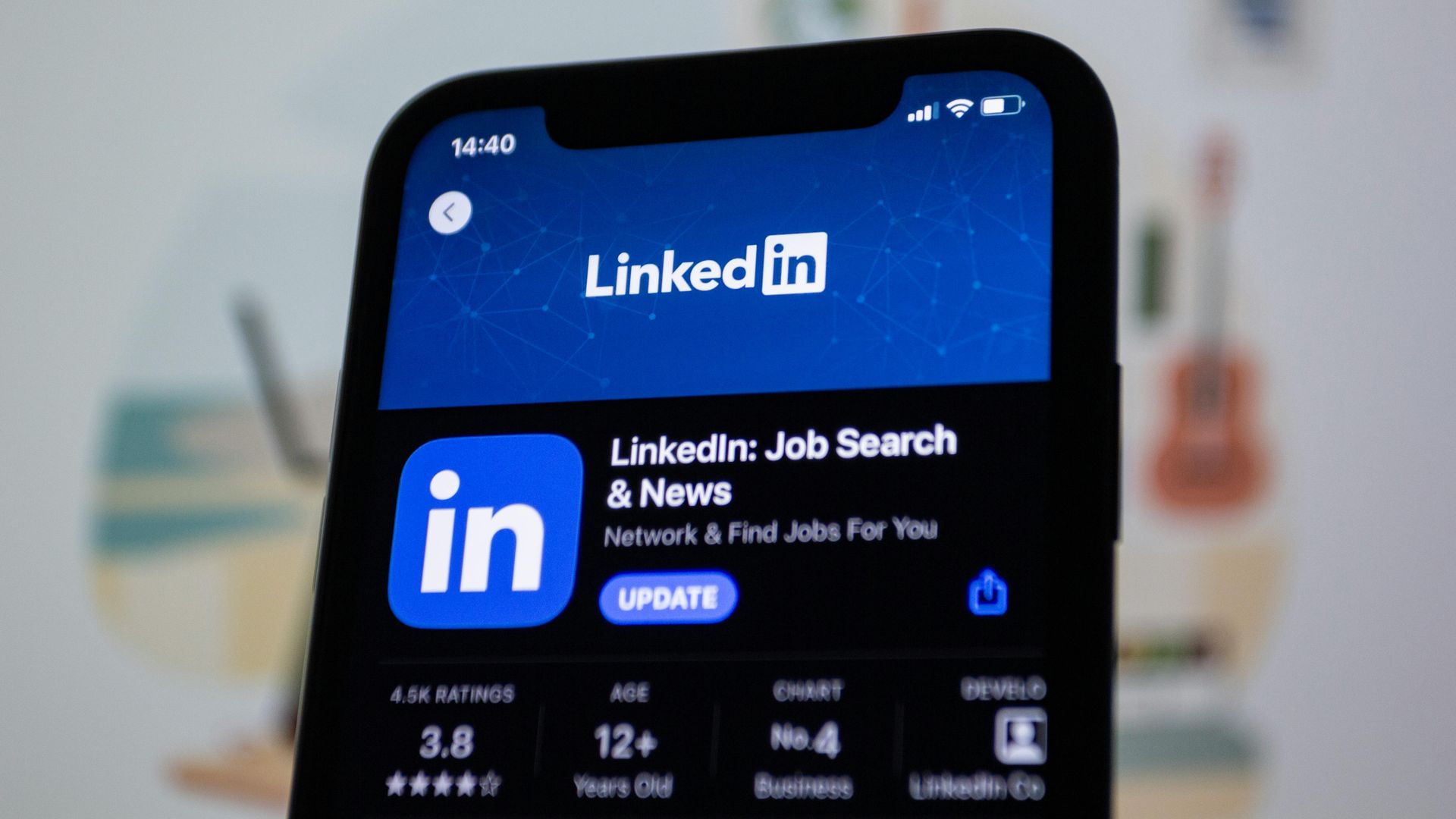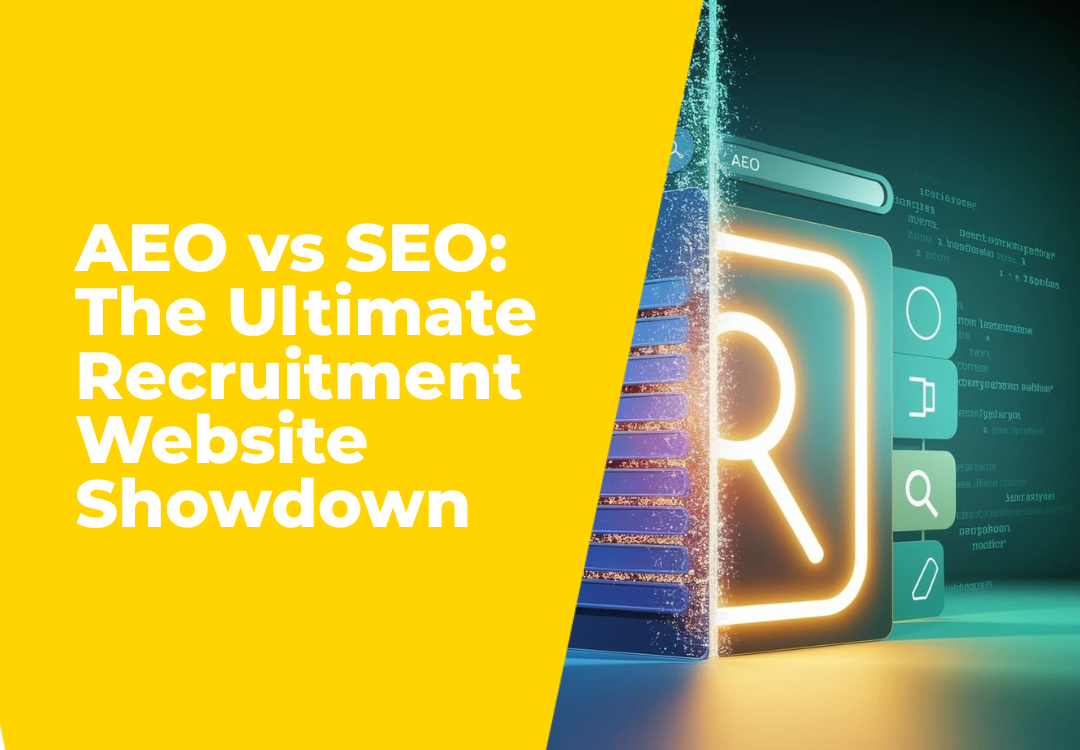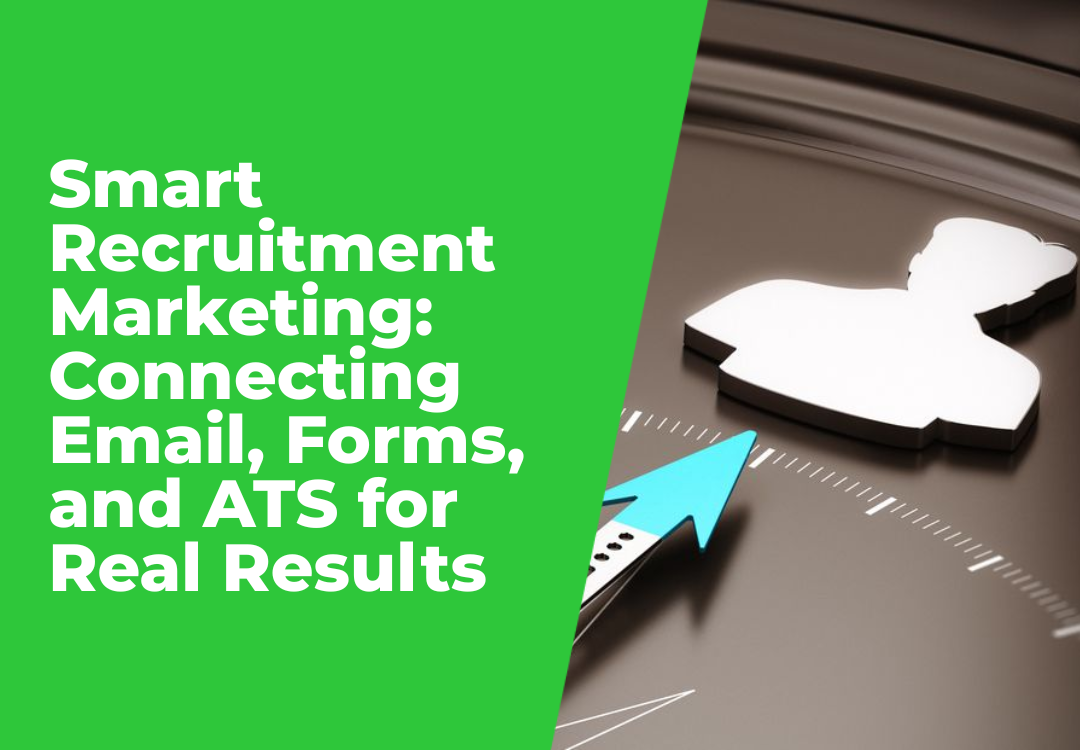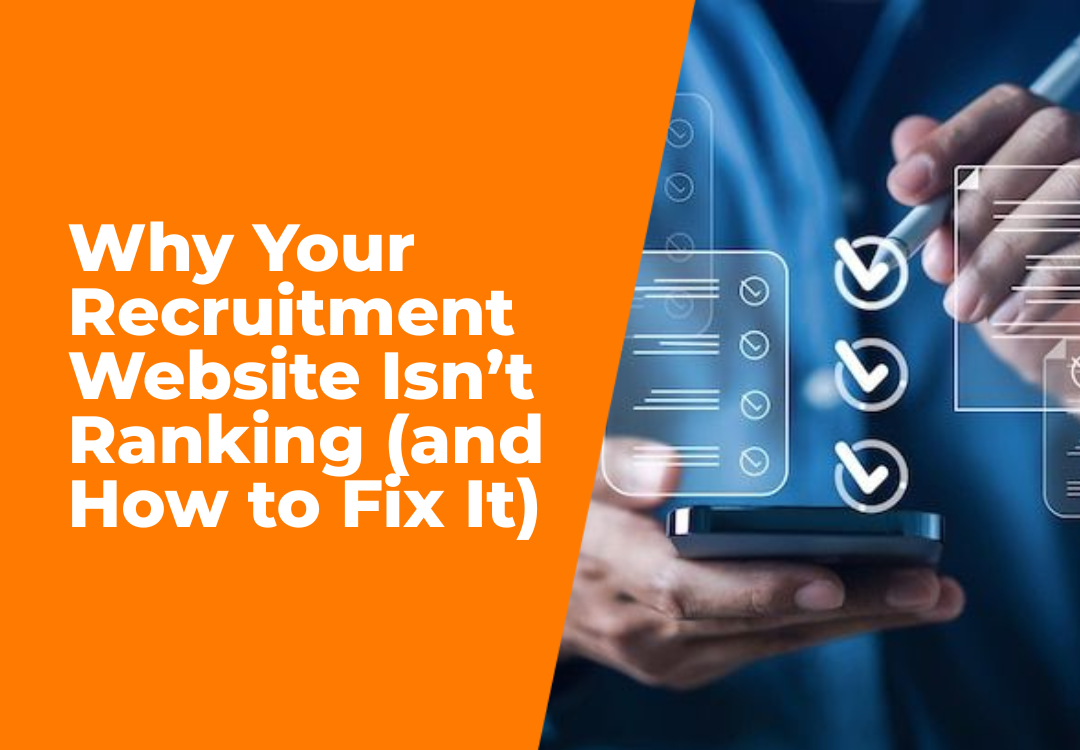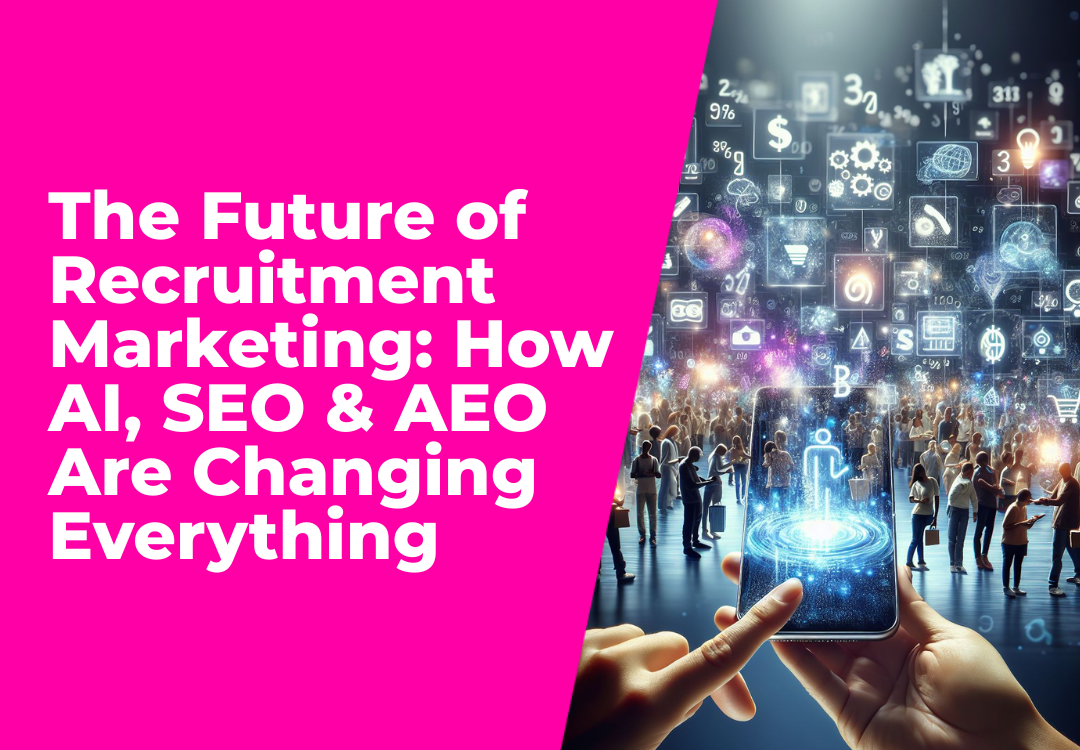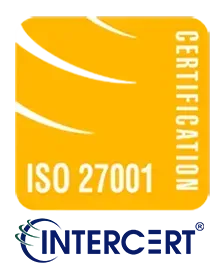Using Digital Channels for Recruitment Marketing: Email, Social Media, and Paid Ads
February 25, 2025
Introduction
Recruitment has evolved beyond job boards and cold calls, digital recruitment marketing is now essential for agencies looking to attract top employers and candidates. With the right digital channels, recruiters can expand their reach, nurture leads, and enhance employer branding, making it easier to connect with the right job seekers and businesses.
This blog explores how recruitment agencies can leverage digital channels including email marketing, social media, paid advertising, and SEO to build a strong recruitment marketing strategy. Plus, we’ll discuss how Shazamme’s AI-powered technology helps agencies maximize their digital efforts.
Let’s dive in.
1. Leveraging Email Marketing for Candidate and Employer Engagement
Email remains one of the most effective digital marketing channels for candidate engagement and employer attraction. When done correctly, email marketing for recruitment nurtures relationships, builds trust, and drives conversions.
Email Campaigns for Lead Nurturing
A well-planned email campaign helps agencies keep both candidates and employers engaged over time.
For Employers:
Send personalised emails with industry insights, hiring trends, and candidate success stories.
For Candidates:
Deliver job alerts, career advice, and application updates.
Newsletters for Brand Authority
A monthly recruitment newsletter strengthens your agency’s reputation. Include:
- Latest job openings in specific industries.
- Case studies showcasing successful placements.
- Hiring tips and market trends for employers.
Personalised Follow-Ups and Feedback
Candidates and employers appreciate clear, timely communication. Automated yet personalised email sequences keep applicants informed and increase engagement rates.
Pro Tip: AI-powered email automation tools can personalise content, segment lists, and optimise email send times to increase engagement and conversions.
2. Optimising Social Media for Recruitment
Social media isn’t just for brand awareness, it's a powerful hiring tool that helps recruitment agencies connect with both employers and candidates in a meaningful way.
Best Social Media Platforms for Recruitment
LinkedIn:
Best for B2B recruitment, industry networking, and employer branding.
Facebook & Instagram:
Great for employer engagement, job postings, and culture-focused content.
TikTok & YouTube:
Useful for recruitment marketing videos, employee testimonials, and Q&A sessions.
Twitter (X):
Ideal for real-time job updates and industry conversations.
How to Use Social Media for Employer & Candidate Attraction
Employer-Focused Content:
Share success stories, hiring strategies, and industry insights.
Candidate-Focused Content:
Post job openings, interview tips, and career advice.
Engaging Video Content:
Use
short-form videos
on TikTok, Instagram, and LinkedIn to boost engagement.
Social Media Advertising for Recruitment
Paid social ads allow agencies to
target specific employers and candidates
based on location, job role, and industry.
Example:
Run a LinkedIn campaign targeting HR managers in tech companies looking to hire developers.
Pro Tip: AI-powered social media automation tools can schedule posts, analyse performance, and optimise content for better reach.
3. Driving Targeted Results with Paid Advertising
Paid ads are one of the most cost-effective ways to attract high-quality candidates and employers at scale.
PPC Advertising for Recruitment Agencies
Pay-per-click (PPC) ads allow recruitment agencies to:
- Target employers looking for hiring solutions .
- Attract candidates searching for job opportunities .
- Appear at the top of Google searches with Google Ads .
Example PPC Strategy:
Use
Google Ads
with keywords like
"best recruitment agency for IT jobs"
to attract employers in the tech sector.
Facebook & LinkedIn Ads for Employer & Candidate Attraction
Social media ads are
highly effective for recruitment
because they allow for
precise audience targeting
.
LinkedIn Ads:
Best for
B2B recruitment and employer engagement
.
Facebook & Instagram Ads:
Ideal for
promoting job opportunities and brand awareness
.
Competitor Keyword Research for Paid Ads
Recruitment agencies should
analyse competitor PPC campaigns
to:
Identify
high-performing keywords
.
Discover which
ad formats
drive the most engagement.
Optimise bidding strategies for
better ROI
.
Pro Tip: AI-powered ad tracking tools can analyse ad performance, automate budget allocation, and improve targeting strategies for better conversions.
4. Recruitment SEO: The Key to Long-Term Visibility
Why SEO Matters for Recruitment
Search Engine Optimisation ( SEO ) ensures your agency appears at the top of Google when employers or candidates search for recruitment solutions.
How to Optimise Recruitment Websites for SEO
Keyword Research:
Identify
high-ranking keywords
like
"top recruitment agencies for finance jobs"
.
On-Page SEO:
Optimise job postings, meta descriptions, and blog content.
Backlink Tracking:
Use
AI-powered SEO tools
to monitor
backlinks and domain authority
.
Mobile-Friendly Design:
Ensure job listings and application forms work seamlessly on mobile.
SEO vs. Paid Ads: Which One is Better?
SEO:
Long-term strategy that
drives organic traffic
but takes time to build.
Paid Ads:
Short-term strategy that provides
immediate visibility
.
Best Approach:
Combine both
for maximum results
.
Pro Tip: AI-powered SEO tools can automate keyword tracking, suggest content updates, and optimise job postings for better rankings.
5. How Shazamme Helps Agencies Maximise Digital Recruitment Marketing
Shazamme provides
AI-powered recruitment marketing solutions
that help agencies:
Optimise SEO
for higher search rankings.
Automate social media
content and scheduling.
Generate AI-powered job listings
that attract top talent.
Seamlessly integrate ATS, CRM, and marketing platforms
for a smooth hiring process.
Shazamme’s AI-driven SEO technology helps agencies rank higher on Google while its automation tools streamline digital campaigns - ensuring better results with less effort .
Future-Proof Your Recruitment Marketing with Digital Channels
To attract
top employers and candidates
, recruitment agencies must leverage
digital channels
strategically.
Email marketing
nurtures relationships and boosts engagement.
Social media
builds brand visibility and connects with target audiences.
Paid ads
drive targeted traffic and increase conversions.
SEO
ensures long-term
organic growth
and higher rankings.
With Shazamme’s AI-powered solutions , agencies can automate and optimise their digital recruitment marketing strategies for better efficiency, engagement, and results .
Ready to revolutionise your recruitment marketing?
Book a demo with Shazamme today! →
